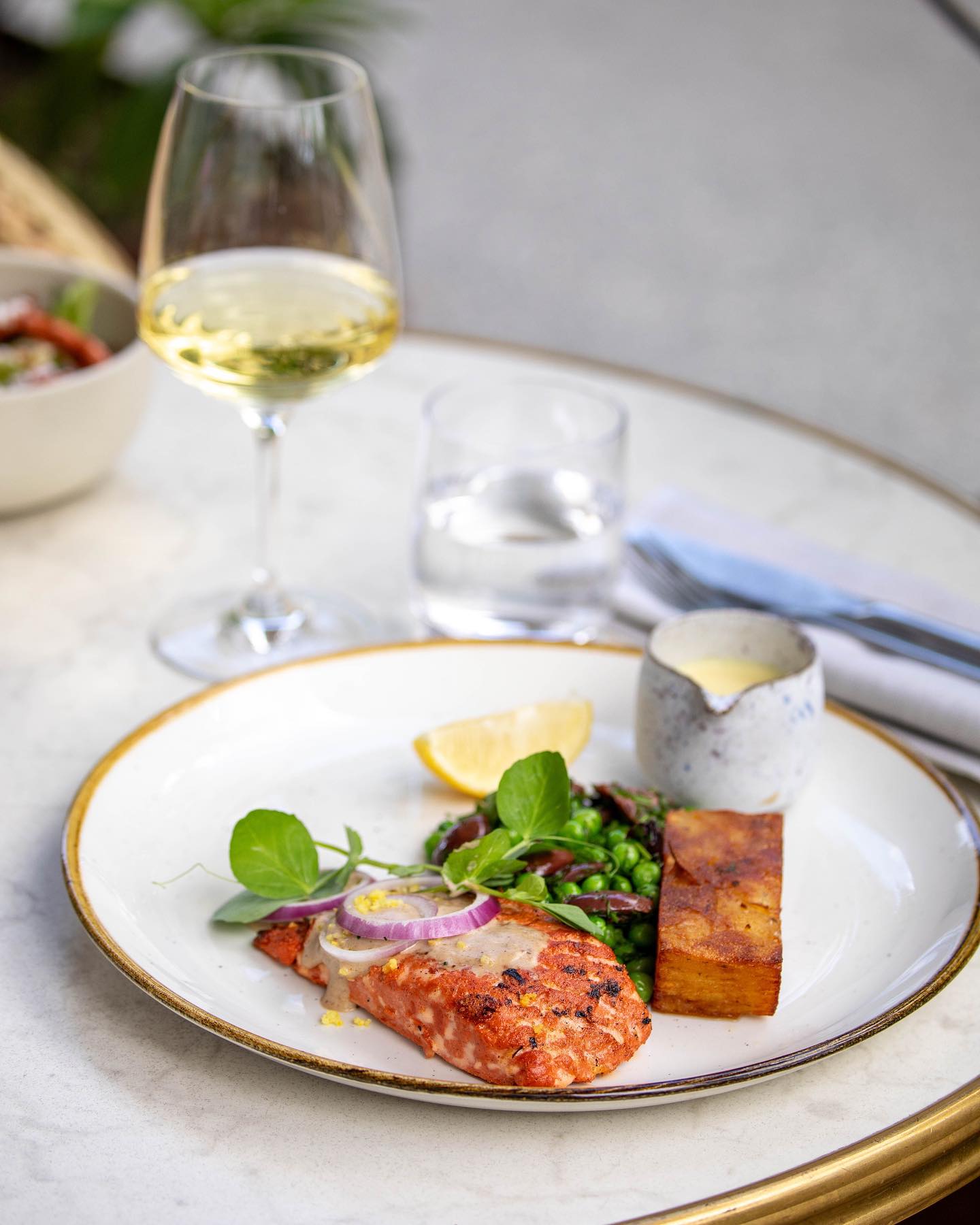
With the release of the world's first 3D-printed salmon, a new era in sustainable food production has dawned
by Patricia Costinhas
The world of food is evolving, and the latest innovation making waves is 3D-printed food. But this isn’t just any food; it’s a game-changer in sustainability and creativity. Imagine a future where your meal is crafted with precision according to your preferences. That’s exactly what’s happening with the rise of 3D-printed food.
The Rise of 3D-Printed Food
What’s fascinating about 3D-printed food is its potential for customization. Different flavors can be localized within the printed structure, creating unique taste sensations. Moreover, in a post-COVID-19 world, it could reduce the risk of foodborne illnesses, as it involves minimal human handling during preparation.
The future of 3D-printed food looks promising. Restaurants may soon use food printers to enhance the aesthetics and flavors of their dishes. While these printers may initially be expensive, their prices are expected to become more affordable in the coming years.

Researchers have been experimenting with 3D-printed food for years. Recently, a delicious 3D-printed cheesecake made headlines. This technological dish used a combination of ingredients like graham crackers, peanut butter, Nutella, banana puree, strawberry jam, cherry drizzle, and frosting. It’s a mouthwatering example of the potential of 3D printing in food.
The First 3D-Printed Salmon
Revo Foods, an Austrian-based food-tech startup, has made a splash by introducing “The Filet,” a 3D-printed vegan fish filet inspired by salmon. This innovation marks a turning point in sustainable food production. The seafood industry faces challenges like overfishing, plastic pollution, and threats to marine biodiversity. The Filet offers a promising solution, providing consumers with a sustainable alternative. While currently available only in European markets, Revo Foods has plans to expand globally, with hopes of entering the US market by 2025.
But what exactly is “The Filet” made of? It relies on mycoprotein, a nutrition-rich filamentous fungi, to mimic the texture of traditional salmon. Combined with other ingredients like pea proteins, plant oils, and algae extracts, it offers high protein and Omega-3 content. The best part? It has a three-week shelf life, outperforming regular salmon products in terms of sustainability and longevity.
Revo Foods not only offers a delicious alternative but also contributes to environmental conservation. They claim that their vegan version produces significantly fewer carbon emissions and uses much less fresh water compared to traditional salmon production. In fact, they brand themselves as a “seafood company that saves fish,” protecting thousands of fish from harm.
The arrival of the world’s first 3D-printed food like “The Filet” is a significant step towards sustainable and customizable food production. It offers a tantalizing glimpse into a future where our meals are not just delicious but also tailored to our individual tastes. Whether it’s vegan seafood or 3D-printed cheesecake, the food industry is on the brink of a flavorful revolution.
First published in Impakter. You can read the article here.
About the Author
Patricia Costinhas
Patricia grew up in sunny Rio de Janeiro, Brazil, and is currently based in Portugal. She holds a BA in English and a MA in Comparative Literature, and has worked as a language teacher for 7+ years. She is passionate about language, art, and social justice, and can usually be found curled up with a good book.
If you liked what you just read and want more of Our Brew, subscribe to get notified. Just enter your email below.


Related Posts
Elevation, Colour – and the American Flag. Here’s What Makes Evan Vucci’s Trump Photograph So Powerful
Jul 18, 2024
How to Switch Commuters from Four Wheels to Two
Jul 16, 2024
We're Still Safe: AI Can't Understand How the Body Works
Jul 02, 2024